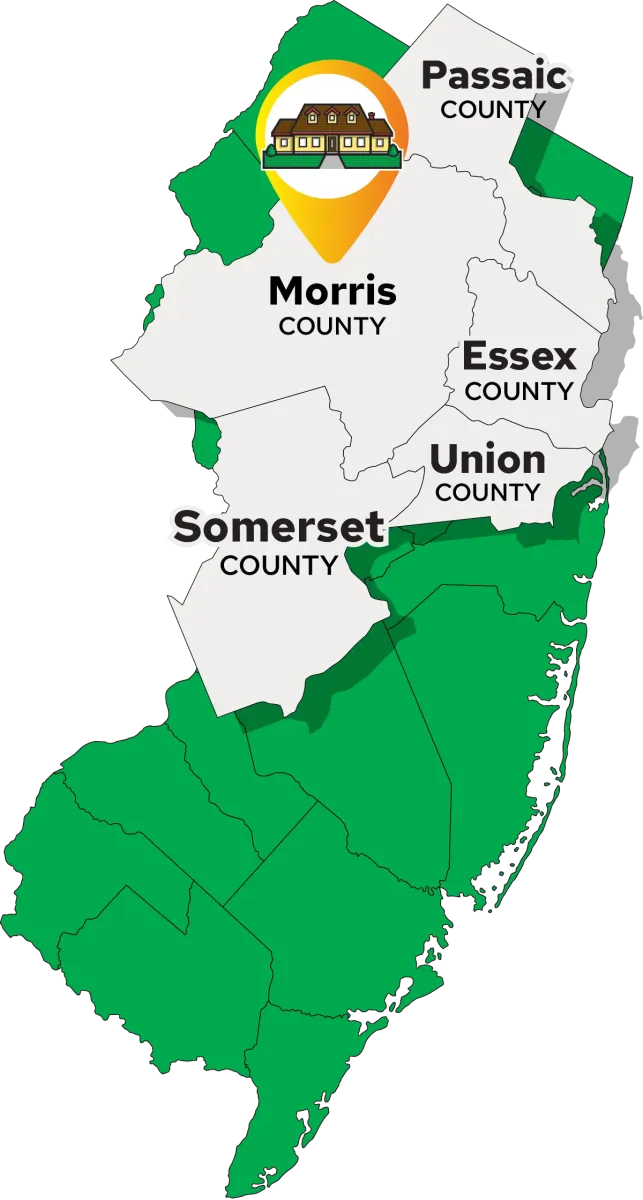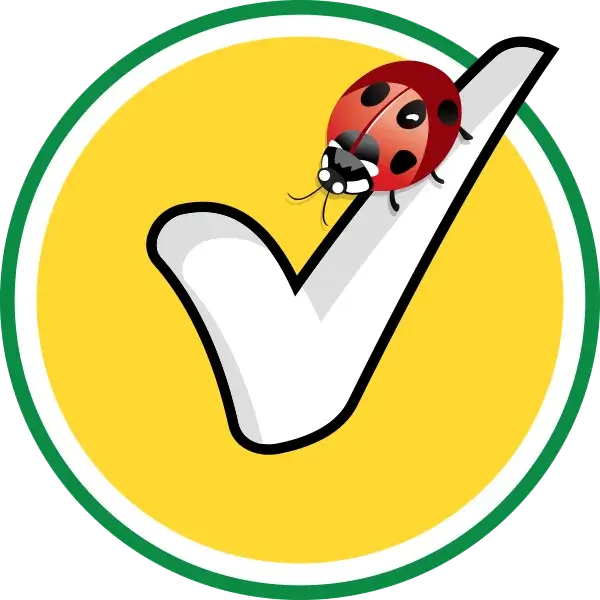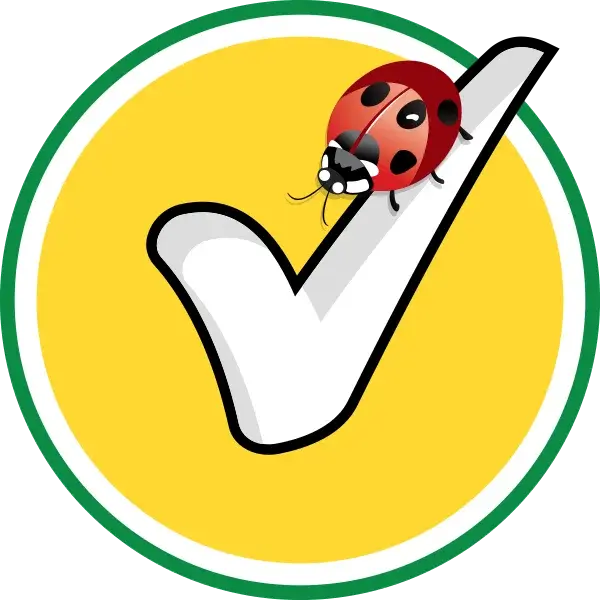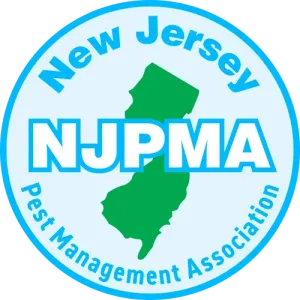Mosquito Control Service in New Jersey
Our program is designed to significantly reduce the Mosquito and Tick populations in and around your property. Treatments begin in April and end in October, (the first and last treatments focus on tick control). Targeted treatment areas may include but are not limited to the following: base of trees and shrubs up to 10 feet high, vegetation areas, porch overhangs, under decks, leaf litter areas, perimeter grass areas, and other resting or harborage areas that hold adult stages of Mosquitos and all life cycles of Ticks.
Most Common Mosquitoes In Our Area:
- Culex pipiens is a common urban house mosquito with a larval habitat favoring freshwater trapped in containers, gutters, land depressions, and birdbaths.
- Aedes vexans is a common floodwater mosquito affected by rainfall which can trigger hatching in freshwater flood plain areas throughout the summer.
- Aedes albopictus is a newcomer with a larval habitat favoring freshwater trapped in containers, tree holes, and land depressions farther away from structures.
About Our Mosquito Control Service
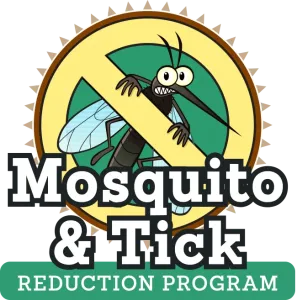
Application
Our Mist-Blower application disperses small microdroplets of product into a stream of air to maximize coverage and adhesion to plant material.
The air stream tumbles leaves on the ground to allow treatment of soil and both sides of leaf litter to control ticks. The air stream also creates movement of leaves and small branches attached to the plant material to ensure coverage of the entire surface area of the plant. Treatment is expanded beneath decks and structural overhangs. The product dries much faster than “power spraying” or liquid back-pack spraying, which soaks surfaces.
Effective Control
Shady areas of treated plant materials dry and await visiting adult mosquitos to land and rest during the day. The natural oils repel, irritate, and knock down adult mosquitos. Treated porch overhangs, garage overhangs, and dark areas beneath decks are great areas for our product.
Treated leaf litter and brush areas repel and knock down ticks.
Frequency of Service
Conventional treatments which include an adulticide and insect growth regulator, are scheduled every (3) three weeks to maintain a Mosquito-Free and Bite Free-Backyard.
Organic applications are scheduled every (2) two weeks to maintain a Mosquito-Free and Bite-Free- Backyard!
Mosquitos are # 2 In Our “TOP 10 Pests” Ranking
Mosquitos are the most dangerous animal in the world and have moved up in our ranking due to public demand and fear of new mosquito-borne diseases, locally and abroad. The arrival of warm nights, snowmelt, and rains, stimulate the temperature-sensitive emergence of the adult mosquitos. The most common mosquitos listed have the capability to transmit viral diseases.
Our Treatment & Control Measures:
- Low-grade or Organic mist blower treatments to (non-flowering) vegetation areas and overhangs surrounding the structure to target daytime resting adults.
- Flip over water-filled pots, and containers to eliminate standing water.
- Use larvacide granules in catch basins and leader drains.
Tick Treatment and Control Measures
- Trigger low-grade adulticide or All-Natural oils into a backpack air blower to tumble leaf litter and coat all sides of leaves and exposed dirt
- Time treatments based on the emergence
- Apply low-grade granular to leaf litter beds and wooded areas within 5-10 feet of grass
Ticks are 10th in our customer demand ranking, but are public enemy #1, in our opinion. Ticks are not insects but are more closely related to mites and spiders. Ticks are classified into hard ticks and soft ticks. In New Jersey, only hard ticks commonly become a nuisance or health problem. Both females and males feed on blood. Ticks can be VECTORS, which is an animal or microorganism that carries and transmits an infectious pathogen (bacteria) into another living organism. While Lyme disease cannot be overstated, several other tick-borne illnesses are now known to occur in NJ, including human babesiosis, human anaplasmosis, and human monocytic ehrlichiosis (HME), Others will likely be identified in the future.
The Most Common Ticks In Our Area
- Blacklegged Tick also known as the “Deer Tick” is the primary vector for Lyme disease, Human Basesiosis, and human granulocytic ehrlichiosis (HGE). They are found outdoors in leaf litter just outside the perimeter of grass areas and brush. The primary reservoir hosts are the white-footed mouse and Eastern chipmunk. A reservoir host harbors bacterial pathogens which ticks transmit from the host to humans. These ticks have a 2-year life cycle and are very small from biting nymphs as small as a speck of dirt to an adult 8mm in length.
- These tiny ticks have a 2-year life cycle starting as small as a speck of dirt and growing up to 8mm in length as adults.
- Brown Dog Tick thrive indoors and can infest structures when dogs return from kennels or animal hospitals. Brown Dog Ticks are not known to transmit diseases. It feeds almost exclusively on dogs; man is rarely attacked. The BDT is about 1/8 inch long and up to ½ when engorged.
- American Dog Tick will attack a variety of animals, including humans. Unfed adults are ¼ inch in length and larger than the Brown Dog and Blacklegged Ticks. Although not a structural pest, it is commonly found outdoors and readily attacks humans. It is of medical importance because it vectors the causal organisms of Rocky Mountain spotted fever and tularemia and causes tick paralysis.
Areas We Service in New Jersey
We proudly serve communities throughout New Jersey, bringing our top-notch pest control services to homeowners and businesses alike. Our local expertise allows us to tailor our services to meet the unique needs of each area, ensuring the health and beauty of your property. See if we service your city:
